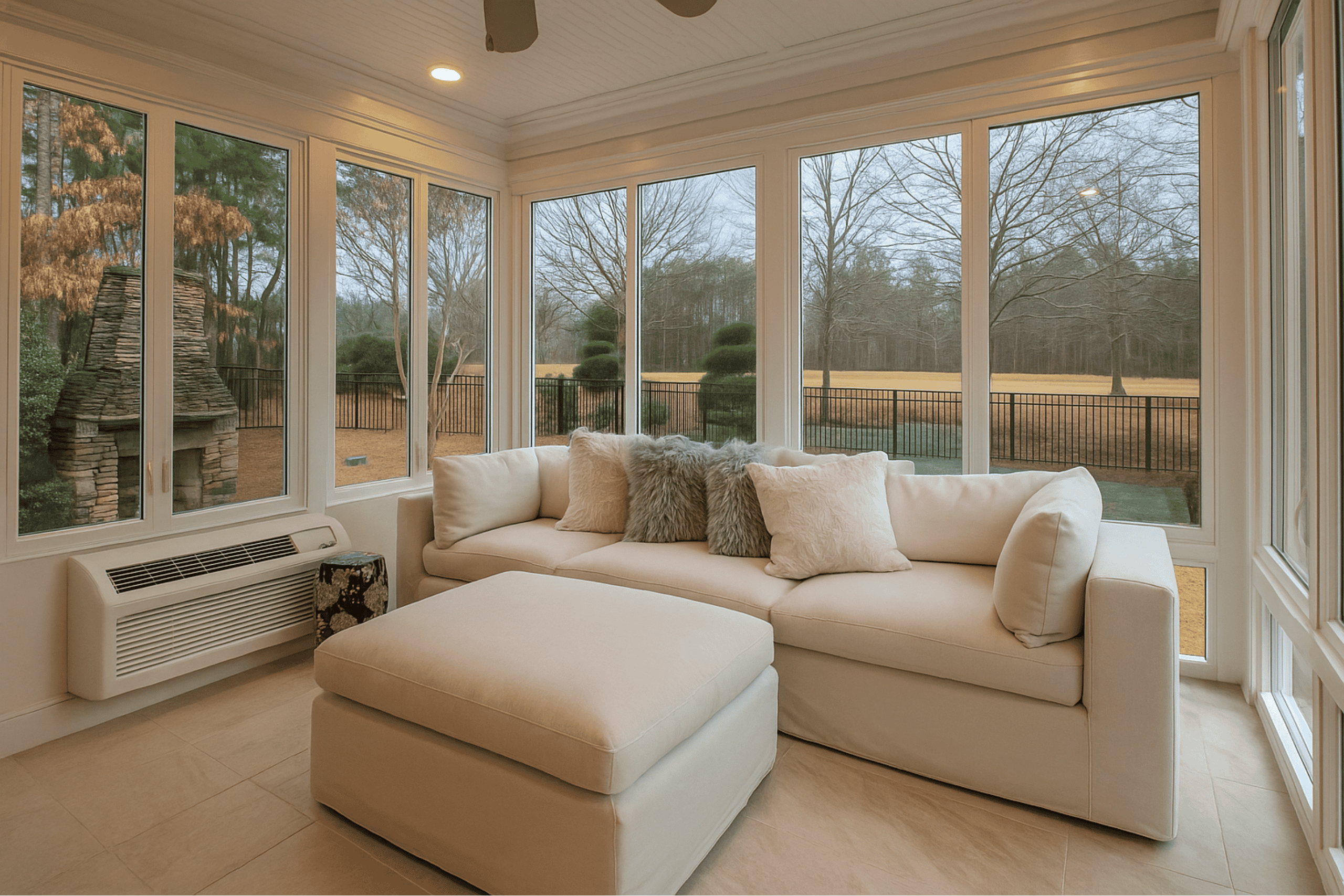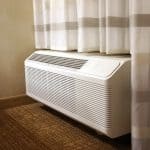The Art of Efficient Cooling
In an age where climate control forms a core component of our comfort and well-being, mastering the art of efficient room cooling is not just a convenience—it’s a necessity. Central to this mastery is the concept of air flow control, a seemingly simple yet profoundly impactful aspect of indoor climate regulation. This post aims to guide you through the nuanced avenues of controlling air flow, ensuring not just comfort, but also energy efficiency and sustainability in cooling your spaces.
Controlling air flow goes beyond randomly adjusting vents or cranking up the air conditioner; it involves an intricate understanding of how air moves within a space and the factors that influence its flow. From the size and layout of a room to the placement of furniture, numerous variables dictate the effectiveness of your cooling system. By mastering air flow, you optimize energy use, enhance comfort, and contribute to a healthier environment—both locally and globally.
Embarking on this journey requires an open mind, a keen eye for detail, and a willingness to adapt. Whether you’re looking to improve the climate in your home, office, or a large commercial space, the principles remain the same. So, let’s dive into the dynamic world of air flow control and discover how you can transform your spaces into bastions of comfort and efficiency!
The Science of Air Flow: Why It Matters
At its core, air flow is the movement of air caused by differences in pressure, often facilitated by systems like HVAC (Heating, Ventilation, and Air Conditioning) in our homes and workplaces. This movement is critical in determining a room’s temperature and overall comfort; proper air flow ensures even distribution of cool air, preventing hot spots or the dreaded ‘stuffy room’ scenario. It’s the engine behind effective cooling systems, and understanding its science is the first step towards optimization.
Improper air flow can lead to numerous issues, including inefficient cooling, increased energy bills, and undue strain on your HVAC system. In contrast, optimal air flow cools spaces efficiently, reduces energy consumption, and extends the life of your cooling equipment. It’s a balancing act; too much can create uncomfortable drafts, while too little may result in stagnant, stale air. The goal is to achieve that ‘Goldilocks’ state of just right, providing consistent comfort throughout the space.
The implications of air flow extend beyond immediate comfort. Good air quality depends on proper circulation, which reduces the concentration of pollutants and allergens. In the bigger picture, efficient air flow contributes to energy conservation, reducing the carbon footprint of your cooling system. With these points in mind, mastering the science of air flow becomes not just a personal benefit but a contribution to global sustainability efforts.
Assessing Your Space: Key Considerations for Air Flow Optimization
Before diving into adjustments and installations, it’s crucial to assess your space critically. Air flow optimization begins with understanding the unique characteristics of your room or building, including size, layout, and any potential obstructions to air movement. This evaluation isn’t merely about where to place your vents or fans, but about creating a holistic strategy for efficient cooling.
Factors such as furniture layout, the location of electronic equipment, and even the number of occupants can impact air flow. For instance, a large bookshelf blocking a vent will disrupt air circulation, potentially leading to uneven cooling. Similarly, a crowded office generates more heat, requiring adjustments to maintain comfort. It’s also vital to consider the design and capabilities of your existing HVAC system, as it provides the infrastructure upon which your air flow strategy will be built.
Remember, each space is unique. What works for one might not be effective for another. This process of assessment is about understanding the specific needs of your space and using that information to inform your air flow optimization strategies. It’s the foundation upon which all your subsequent efforts will rest, making it a step you can’t afford to overlook.
Strategic Vent Placement and Adjustments
The placement and adjustment of vents in your space are more strategic than you might think. They’re key factors in controlling the direction and speed of air flow, significantly affecting a room’s overall cooling efficiency. Vents, when correctly positioned, facilitate the smooth movement of cool air throughout a room, eliminating hot spots and ensuring a consistent temperature. But when they’re blocked or poorly placed, the efficiency of your cooling system can plummet.
Adjusting vents is an often-overlooked tactic for improving air flow. It’s not just about open or closed; the angle of the slats and the direction of the air can make a world of difference. For instance, directing air flow upwards in a cool room can help circulate warmer air collected near the ceiling, creating a more consistent room temperature without overburdening your HVAC system. Conversely, directing the vents downward in warmer conditions can assist in pushing cool air to where it’s most needed.
Remember, experimentation is key. The ‘ideal’ settings on day one may not be perfect on day thirty. Seasons change, rooms get rearranged, and vents need adjusting. Keeping an eye on vent settings and being ready to adjust them ensures your space remains comfortable and your cooling system operates at peak efficiency.
The Role of Fans: Circulation is Key
Fans are invaluable allies in the quest for optimal air flow. They help circulate air, keeping it moving and preventing it from becoming stagnant. This circulation is essential for maintaining a consistent temperature throughout a space, eliminating pockets of hot or cold air. However, it’s important to recognize that fans don’t cool air; they move it. Understanding this principle is key to utilizing fans effectively in your air flow strategy.
There are several types of fans, each suited to different environments and needs. Ceiling fans are great for general air circulation in a room, while oscillating fans can provide targeted air flow in larger spaces or areas with multiple occupants. In some cases, strategically placed box fans can assist in directing air flow from one space to another. The key is determining which type of fan, or combination of fans, will best suit your space’s unique needs.
When used correctly, fans can enhance comfort and reduce the load on your HVAC system, leading to lower energy bills. They’re a simple, cost-effective tool in your air flow optimization arsenal. But remember, they’re part of a larger strategy. Fans can assist with circulation, but they’re most effective when used in conjunction with a well-maintained and properly utilized HVAC system.
Maintenance Matters: Keeping Systems Optimal
Regular maintenance of your HVAC system is non-negotiable when aiming for efficient air flow and cooling. A well-maintained system operates more efficiently, provides better air quality, and is less likely to suffer from costly breakdowns. Key tasks include changing filters regularly, keeping outdoor units clear of debris, and ensuring vents and ducts are clean and unobstructed.
Maintenance isn’t just about preventing breakdowns; it’s about optimizing performance. Even small issues like a dirty filter can significantly impact air flow, reducing system efficiency and making your space less comfortable. Plus, regular maintenance extends your system’s lifespan, providing long-term savings. It’s a small investment of time and resources that pays significant dividends.
Of course, not all maintenance tasks are DIY-appropriate. Recognizing when to call in professionals is key to keeping your system in top shape. Annual or bi-annual check-ups by a qualified technician can help prevent major issues and ensure your system is operating at peak efficiency. It’s a critical component of any comprehensive air flow and cooling strategy.
Smart Technology and Air Flow Control
The rise of smart technology is revolutionizing air flow control and room cooling. From smart thermostats that adjust temperatures based on occupancy and habits to vents that automatically open or close based on room usage, the options are increasingly sophisticated and effective. These technologies provide unprecedented control over your space’s climate, often with the added benefit of detailed energy use statistics.
Beyond mere convenience, smart technology can significantly enhance air flow efficiency. Systems can be controlled remotely, and adjustments made based on real-time data from sensors. This level of control not only improves comfort but also reduces energy waste. For instance, smart systems can reduce cooling in unused rooms, redirecting that air flow to where it’s needed most.
Looking to the future, innovations in smart cooling technologies are only expected to grow. Integration with other smart home systems, increasingly sophisticated sensors, and even machine learning capabilities could all become standard features. For those serious about mastering air flow and cooling efficiency, embracing smart technology is a logical step.
Bringing It All Together for Comfort and Efficiency
Mastering air flow for efficient room cooling is a multifaceted endeavor, involving careful assessment, strategic adjustments, regular maintenance, and the smart integration of technology. It’s a continuous process of monitoring, understanding, and responding to the unique needs of your space. Yet, the rewards—increased comfort, reduced energy bills, and a smaller carbon footprint—are well worth the effort.
Understanding and controlling the flow of air in your environment ensures that you’re not just living or working in a space, but that you’re doing so with optimal comfort and efficiency. It’s about creating an environment that caters to your needs while being mindful of the broader implications of energy use.
As we conclude, remember that this isn’t a one-time task, but an ongoing journey. Seasons change, and with them, so do the needs of your space. Keeping abreast of these changes and adjusting your strategies accordingly is the key to maintaining the perfect climate. It’s a skill, an art, and a science, and it’s well within your grasp. Happy cooling!





